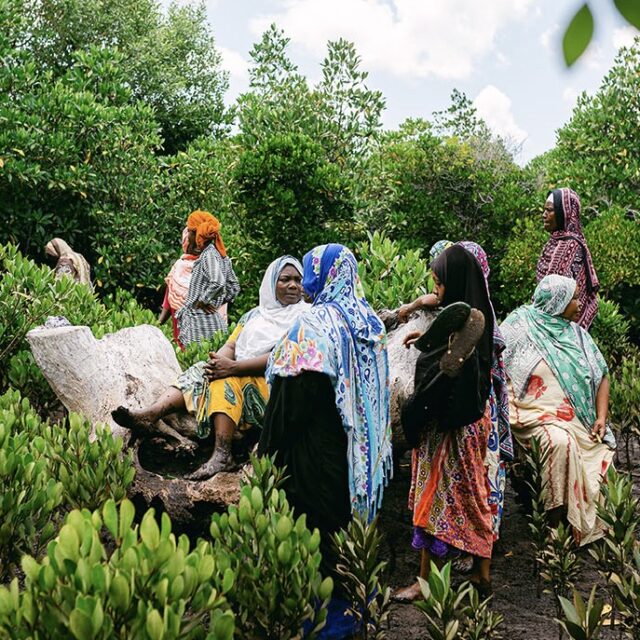The mapping team at InterAction reflect on the earthquake in Haiti on its two year anniversary.
We have all seen the statistics: over 1.5 million people displaced and 230,000 lives claimed. The January 12, 2010 earthquake in Haiti was the second deadliest on record in the last decade.

The lack of infrastructure and strong government leadership, and overall short-comings in health care, education, housing and access to water and sanitation in Haiti only magnified the devastating impacts of the earthquake. The immense damage sustained and number of lives lost and uprooted put the international spotlight on Haiti in a historically new way. With the worlds’ eyes suddenly focused on the poorest country in the western hemisphere, non-profit organizations (NGOs) responding to the crisis felt an increased pressure to improve their transparency, accountability and coordination.
Expectations have been high; NGOs in particular have been faced with endless questions on donations raised, accomplishments and progress. InterAction members alone raised over $1.3 billion in private funding since the earthquake, and are currently implementing over 320 projects all across Haiti.
To facilitate transparency and coordination, InterAction developed Haiti Aid Map, a snapshot of who is doing what, where. Using Haiti Aid Map and its features, you can quickly determine the activities going on in a given commune or within a specific sector, which organizations are working there, and who are the beneficiaries. Mapping projects in Haiti also allows the public to better understand how their contributions are being used and how they are being allocated.
But Haiti Aid Map is more than just dots scattered across a map. Photos and videos on project pages show how communities are rebuilding and how lives are moving forward. From newly opened schools to expanded health care services to increased access to clean water, visitors to the map can see the vast amount of progress that has been made. In addition to these successes, two-thirds of those displaced have moved out of temporary camps, rubble continues to be cleared and the unexpected cholera epidemic has been contained.
Although much work remains to be done, the progress in Haiti over the past two years could not have been achieved without a coordinated and transparent response.
To learn more about the on-going work of NGOs in Haiti, please visit Haiti Aid Map.
InterAction is an alliance of U.S.-based international NGOs focused on the world’s poor and most vulnerable people. Haiti Aid Map is part of NGO Aid Map, InterAction’s online mapping initiative.


